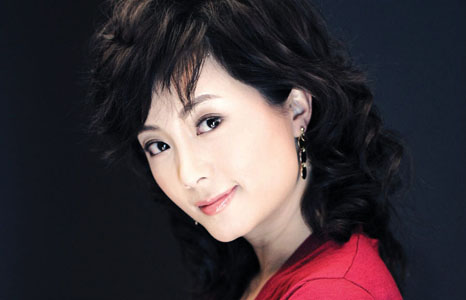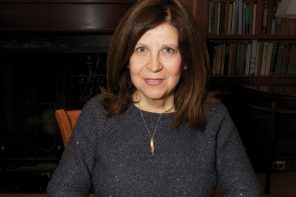This is the second of two parts. The first part can be found here.
I first went to China as a student in 1946 to join my father, a diplomat accredited to the Canadian embassy as Minister Counselor in Nanjing, the capital of Chiang Kai-shek’s Nationalist China.
We were often invited to celebrate National Day Parties at the President’s Palace and I was fascinated by Mme. Chiang, who always dressed in stunning Chinese gowns and welcomed her guests in impeccable English. She was one of the famous Soong sisters, in the top 1 percent of women in China who were highly cultured and educated. But 90 percent of ordinary Chinese women were illiterate and totally dependent and subservient to men. The streets of Nanjing, then the capital, were crowded with refugees from the Civil War raging in the North, along with hungry beggars, drug addicts and destitute prostitutes with their sinister pimps. Shortly before the Communist troops occupied Nanjing, I was evacuated to Canada. When I returned to China as a journalist 20 years later, during the Cultural Revolution in 1966, the first thing that struck me was that the beggars and prostitutes were off the streets and the women were walking proudly beside their husbands, not the traditional three paces behind.
After the Communist victory in 1949, Mao Zedong ruthlessly eliminated drugs by imprisonment or executing the pushers and forcing the opium addicts into rehabilitation centers. He also effectively eradicated the sex trade. Prostitutes were classified as victims of capitalist exploitation and rehabilitated. Any public display of affection between the sexes was forbidden.
By the time President Richard Nixon made his famous trip to China in 1972, China had closed the traditional gap between the sexes and improved the lot of the people. There was a new harmony between men and women. Married couples referred to each other as ai-ren, meaning “sweetheart” or “lover,” rather than as husband or wife. They also shared some household chores, shopping, budgeting and child care. The autocratic chauvinistic husband, at least in the cities, seemed to be a thing of the past. Yet, the Chinese still have not obliterated all sexual roles. There are still discrepancies in jobs and pay for equal work. Engineering is considered a man’s job while women work in silk factories, staff day care centers and teach elementary schools.
The bar on prostitution remained effective until the introduction of the consumer free market in the 1980s. Free trade led to a resurgence in prostitution, especially among country girls with no skills. Hustlers came out of the woodwork and high-class call girls became available to wealthy clients. According to a recent United Nations report, up to 6 million women were estimated to be working in the sex industry.
Today, some beauty salons have curtained off back rooms and karaoke parlors are managed by beautiful female attendants who often double as call girls. Police can be paid to look the other way. But periodically the government cracks down and during these “vice sweeps,” thousands of prostitutes and “the usual suspects” are rounded up, often before important political meetings, and incarcerated in short-term labor camps. The New York Times recently reported that “Women describe the camp labor as tolerable but tedious. …The indignities of incarceration do little to dissuade women, who can earn more than $1,000 a month as prostitutes, triple the average income for unskilled laborers in China.”
Officially, women have equal rights in the workplace. The South China Morning Post in Hong Kong reported that women hold more than half of the senior management roles – a ranking that places China first in the world. However, in a recent survey of 3,000 women, one in five claimed their pay was cut when they had children. One in nine lost her job when pregnant.
The One Child Policy was introduced in the 1960s to deal with official fears that the population would devour too many resources and suffocate economic growth. But recently in Beijing, I was amazed to see many proud couples pushing baby carriages made for twins. Then I learned that the women were furtively using fertility drugs to produce multiple births. The One Child Policy has been recently changed with rules on the book that couples can have two children if one of the parents is a single child. Fathers are entitled to seven days of maternity leave. The change was adopted as it became apparent that China was heading into an era of an aging population that would lack sufficient youngsters to support the elders. The One Child Policy had also produced a serious gender imbalance. Because of the Chinese preference for boys, thousands of female embryos were aborted. Now men are finding it difficult to find willing brides.
The women, perhaps according to Darwin’s “survival of the fittest” theory, have evolved into the best and the brightest. Most urban women are well-educated, free-spirited and able to earn their own living. Women are in demand for the first time in the history of China. And many are being as finicky and choosy as the men used to be – a situation the men themselves created.




